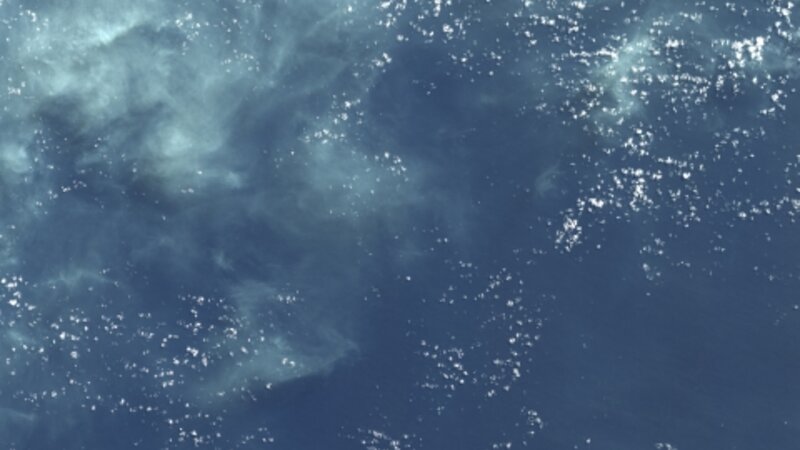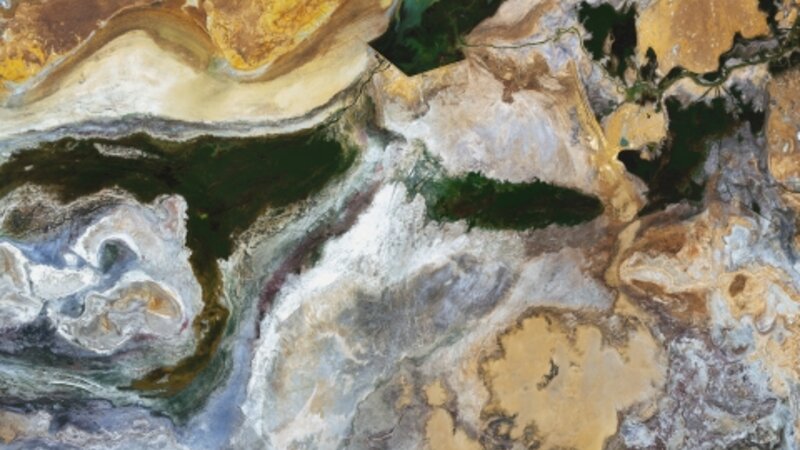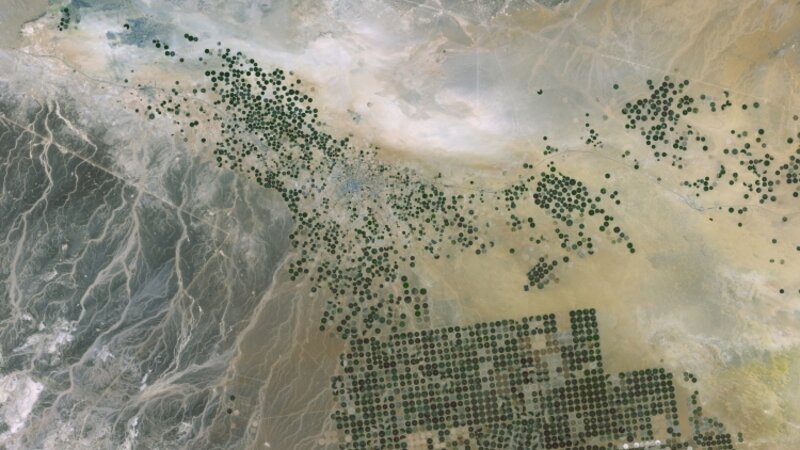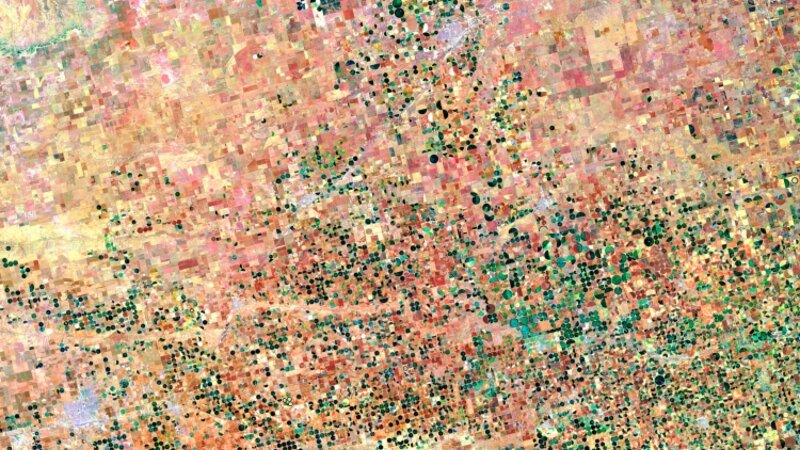Jeremy Starn
Jeremy Starn is a socially engaged artist whose work centers around the philosophical questions of humanities relationship with the environment. His photography and satellite images explore questions of global development and the meaning of a "global community".
These satellite images are taken with the USGS Landsat 8 satellite and are a composite of many different images. They are colored and composed by the artist and together tell a story of our relationship with the environment.
Venue: Hartford
Classification: Adult Intermediate




